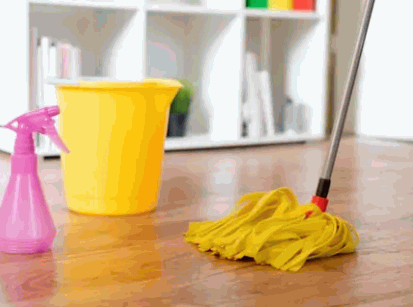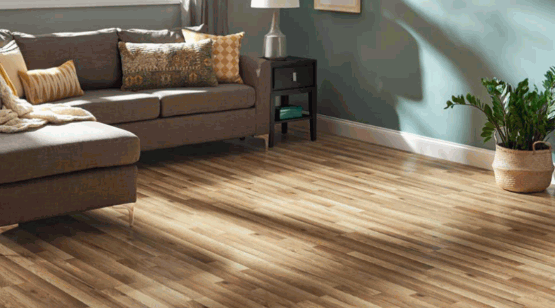Laminate floors are a popular choice for homeowners due to their durability and aesthetic appeal.
Keeping them looking their best requires some knowledge. This article covers everything you need to maintain your laminate floors, from the basics of cleaning to tips for deep cleaning stubborn stains and scuff marks, while avoiding common mistakes that could lead to damage.
It also discusses common causes of damage and how to protect your investment. With the right products and techniques, you can ensure your laminate floors remain stunning for years to come!
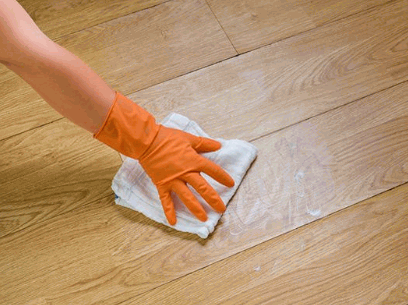
The Basics of Laminate Floors
Laminate floors are a popular choice for homeowners seeking a cost-effective, durable, and visually appealing alternative to traditional hardwood. This versatile flooring option combines the beauty of wood with the resilience of engineered materials, making it suitable for various home environments. From installation to maintenance, understanding the basics of laminate flooring is essential for ensuring their longevity and performance, especially in high-traffic areas. Proper care and cleaning techniques can significantly enhance the aesthetic appeal and durability of laminate surfaces, making them an excellent choice for high-traffic areas that require easy maintenance.
Discover: Bar Cleaning Checklist
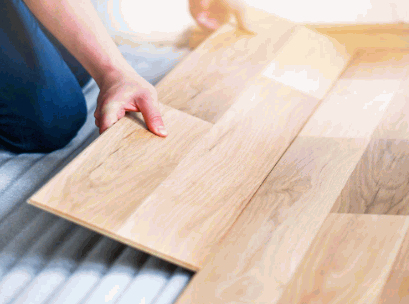
How to Clean Laminate Floors
Cleaning laminate floors effectively requires understanding the right techniques and cleaning tools to avoid damage while maintaining their shine and cleanliness. Regular maintenance, including sweeping, vacuuming, and mopping with the appropriate cleaning products, is essential for preserving the beauty of laminate surfaces. By using the right methods, including appropriate cleaning products and techniques, you can avoid issues such as scratches, stains, and residue buildup that can ruin your floors’ appearance and durability.
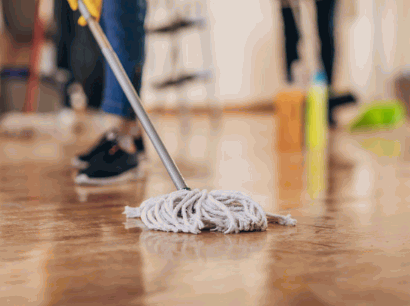
What Cleaning Products Should You Use?
In terms of maintaining laminate floors, selecting the right cleaning products is crucial to avoid damaging the surface while ensuring effective cleaning. Many homeowners opt for DIY solutions like vinegar mixed with water, which can help eliminate dirt and stains without leaving harmful residue. It’s essential to avoid harsh chemicals that may lead to scratches or discoloration.
For a comprehensive approach, it’s advisable to explore both commercial cleaning products and DIY alternatives, such as vinegar solutions, suited for laminate surfaces.
Commercial cleaners designed specifically for laminate can ensure a streak-free finish and are formulated to prevent damage. Some popular options include pH-neutral solutions which are gentle yet effective.
On the other hand, homemade mixtures such as a blend of warm water and mild dish soap offer a more natural route but may require extra rinsing to avoid residue build-up.
Here are some pros and cons for consideration:
- Commercial Products: Pros – Tailored formulations, often leave a glossy finish. Cons – Can be more expensive and may contain synthetic ingredients.
- DIY Solutions: Pros – Cost-effective and eco-friendly. Cons – May not be as effective against tough stains and can sometimes require multiple applications.
Therefore, users should weigh these options carefully, considering their cleaning needs and preferences.
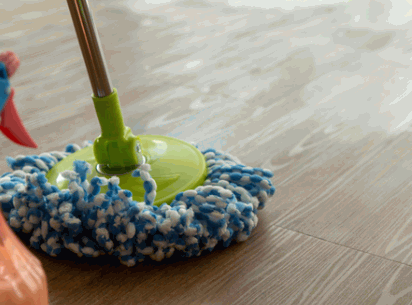
What Cleaning Tools Should You Use?
Using the right cleaning tools is vital for the effective maintenance of laminate floors, ensuring that they remain scratch-free and vibrant over time.
By choosing wisely from a range of available options, you can enhance the lifespan and appearance of your flooring. Microfiber mops are particularly effective because they gently lift dirt and grime while minimizing the risk of scratches, making them an ideal choice for routine cleaning. Alongside these, employing
- soft-bristle brooms
- hard-surface vacuums
- and dustpans
will ensure that your laminate floors are free from debris and dust.
Each of these cleaning tools has unique advantages: soft-bristle brooms easily sweep up larger particles without damaging the surface, while specialized vacuums can reach into corners where dirt builds up, ensuring optimal care.
Regular maintenance with these tools not only protects the laminate but also keeps it looking its best.
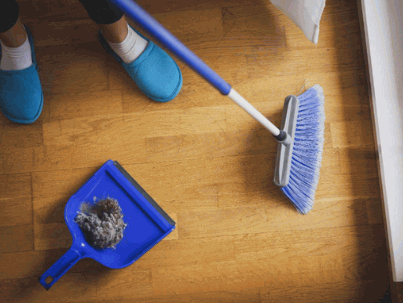
Deep Cleaning Laminate Floors
Deep cleaning laminate floors periodically is crucial to remove stubborn dirt, tough stains, and unsightly scuff marks that regular cleaning might miss. This thorough cleaning process not only rejuvenates the appearance of your floors but also helps in maintaining their durability over time, preventing moisture buildup and damage. Special techniques and products can be employed to effectively tackle these issues, ensuring that your laminate surfaces look their best while extending their lifespan.
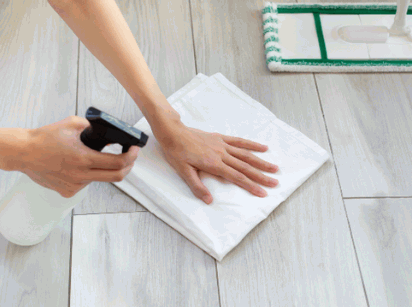
How to Remove Tough Stains?
Removing tough stains from laminate floors can be a challenging task, but with the right approach and cleaning products, it can be accomplished effectively. A DIY solution involving vinegar and water can often tackle many common stains without harming the laminate surface. Understanding the nature of the stain is essential for selecting the appropriate method for removal.
There are various types of stains that one might encounter on laminate floors, each requiring a specific cleaning strategy and the right products for effective removal. For instance, oil or grease stains may require degreasers, while water-based stains can often be managed with a simple vinegar solution.
Here’s a quick overview of common stains and recommended solutions:
- Red Wine: Blot the area immediately and use a mixture of mild soap and water.
- Pet Urine: Neutralize with a vinegar and water solution, then rinse.
- Food Residue: Scrape gently and clean with warm soapy water.
- Ink Marks: Rubbing alcohol applied with a soft cloth can work wonders.
There are commercial cleaning products specifically designed for laminate surfaces that can provide further assistance for tougher stains. Always ensure to test any method on a small, inconspicuous area first to avoid damage.
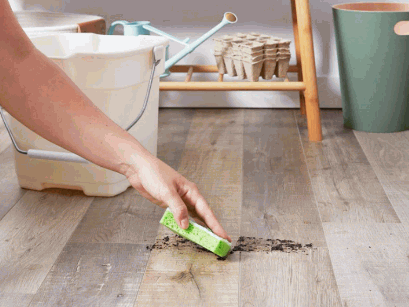
How to Get Rid of Scuff Marks?
Scuff marks on laminate floors can be unsightly and difficult to remove, but using the right cleaning tools and techniques can help restore their original beauty.
To tackle these stubborn marks, homeowners should consider various methods, starting with a simple yet effective approach. Lightly dampening a microfiber cloth with a suitable cleaning solution and rubbing gently can often lift these marks without causing damage.
For more persistent scuffs, a paste made from baking soda and water can work wonders, providing a gentle abrasive action that won’t scratch the surface.
Implementing preventive measures, such as using rugs and felt pads, can also minimize the occurrence of scuff marks. By placing these protective barriers in high-traffic areas, including entryways and hallways, it becomes significantly easier to maintain the pristine appearance of laminate floors.
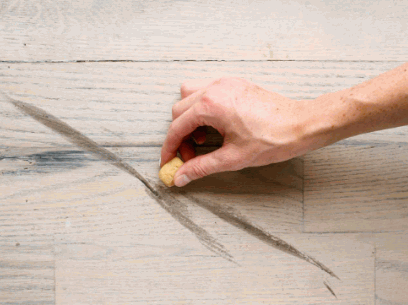
Preventing Damage to Laminate Floors
Preventing damage to laminate floors is essential for maintaining their beauty and longevity, especially in high-traffic areas of the home. Understanding the common causes of damage, such as moisture, excessive dirt, and improper cleaning techniques, can empower homeowners to take proactive measures for effective maintenance. By implementing protective strategies, including the use of rugs, mats, and appropriate cleaning methods, you can significantly extend the life of your laminate surfaces.
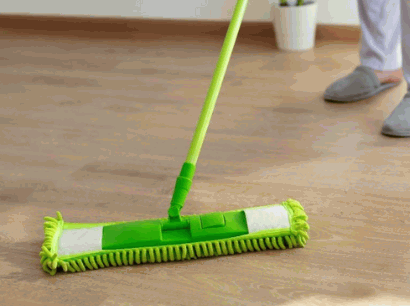
What Are the Common Causes of Damage?
Understanding the common causes of damage to laminate floors is vital for effective care and maintenance. Factors such as moisture from spills or high humidity, excessive dirt accumulation, and scratching from pets can lead to irreversible damage if not addressed promptly. Recognizing these issues can help homeowners take the necessary precautions to protect their laminate surfaces.
It’s important to delve deeper into the various threats that laminate flooring faces in daily life. One significant risk is moisture, which can come from spills or elevated humidity levels, affecting the integrity of the floor and potentially leading to warping or mold. To combat this, always ensure that any spills are wiped up swiftly, and consider using dehumidifiers in particularly damp areas.
- Excessive Dirt Accumulation: Dirt and debris can act like sandpaper underfoot, leading to scratches and dullness over time. Regular sweeping and using appropriate cleaning techniques are key.
- Scratching from Pets: While pets are beloved companions, their claws can easily mar laminate surfaces. Regularly trimming your pet’s nails and placing rugs or mats in common areas can create barriers against scratches.
By staying informed about these common issues, including the types of materials used in laminate flooring, homeowners can take proactive measures to extend the life of their laminate flooring.
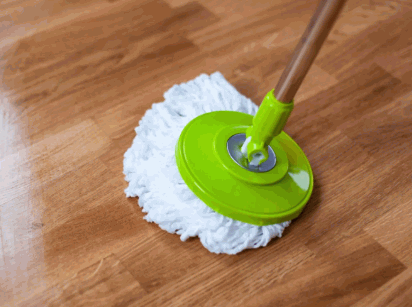
How to Protect Your Laminate Floors?
Protecting your laminate floors is key to preserving their appearance and durability over time.
Implementing a holistic approach to floor care not only enhances the visual appeal but also prolongs the life of your laminate surfaces, ensuring they remain stunning. Safe products such as pH-balanced cleaners specifically designed for laminate can significantly aid in maintaining that glossy finish. Here are some essential practices:
- Place rugs at entry points to trap dirt and moisture.
- Use felt pads under chairs and tables to prevent scratches.
- Wipe spills immediately using a slightly damp cloth for effective stain removal.
Regular maintenance, such as sweeping, vacuuming, and mopping to remove debris, is vital in protecting against wear and tear, and ensuring your floors look their best. By integrating these practices into daily life, one can ensure laminate floors remain a stunning feature of any home.
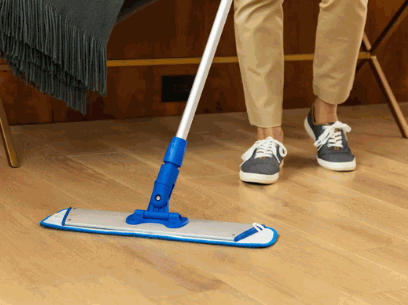
Tips for Maintaining Laminate Floors
Maintaining laminate floors requires a combination of regular cleaning routines, protective measures, and informed choices regarding cleaning products and techniques. By following a set of simple tips and recommendations, homeowners can effectively prolong the life of their laminate surfaces while ensuring they remain visually appealing. This not only enhances the aesthetic of your home but also contributes to a healthier living environment by minimizing allergens and dirt buildup, making the need for proper protection even more critical.
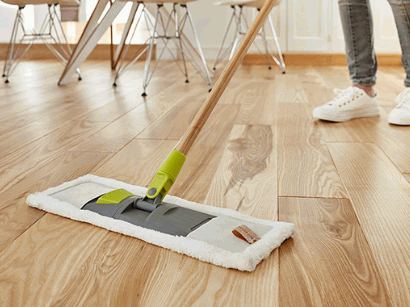
How Often Should You Clean Your Floors?
Determining how often to clean your laminate floors is essential for maintaining their appearance and durability, especially in high-traffic areas. Generally, a weekly cleaning routine that includes sweeping or vacuuming, followed by mopping with suitable products, is recommended to keep dirt and grime at bay. The frequency may vary based on factors such as the presence of pets and the level of foot traffic, so it’s important to have a flexible guide that adapts to your household’s needs.
For households with pets, an extra layer of attention is often required. Pet hair and dander can accumulate quickly, so increasing the cleaning frequency to twice a week might be beneficial. In such cases, incorporating a lint roller on soft surfaces and using a specialized pet hair vacuum can also help.
Similarly, homes with children may require more frequent cleaning due to spills and accidents. Here are some simple guidelines:
- Pet Owners: Clean weekly or bi-weekly with a focus on high-activity zones. Consider using products from trusted brands like LL Flooring or Pergo for optimal results.
- Families with Young Children: Consider cleaning every few days to tackle messes promptly. Following guidelines from experts like Jennifer Meska can provide additional insights into effective maintenance.
By tailoring cleaning routines to specific needs, maintaining the beauty of laminate floors becomes a more manageable task.
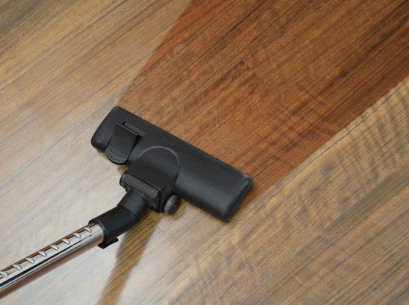
What Are Some Dos and Don’ts of Laminate Floor Cleaning?
Understanding the dos and don’ts of laminate floor cleaning is crucial in ensuring their longevity and maintaining their appearance.
By adopting proper cleaning techniques, the homeowner can protect their investment and extend the life of their flooring. One key aspect is to use a microfiber mop, which not only captures dirt effectively but also minimizes the risk of scratching the surface. Conversely, a common mistake is using excessive water; it’s vital to avoid soaking the laminate, as moisture can seep into seams and lead to warping.
- Do: Use a pH-neutral cleaner to avoid damaging the finish. This ensures that the flooring remains looking new without dulling the surface, adhering to the recommendations made by flooring experts.
- Don’t: Use steam cleaners, as they can introduce steam and moisture that are harmful to laminate materials. It’s important to follow the guide provided with your flooring for best practices.
- Do: Establish a regular cleaning routine to prevent dirt buildup, which can dull the floor’s sheen over time.
- Don’t: Use abrasive scrubbers, as these can scratch and ruin the finish, making the flooring more susceptible to damage.
Conclusion
Maintaining laminate floors requires a combination of regular cleaning, proper techniques, and informed choices to ensure their longevity and aesthetic appeal. By understanding the basics of laminate care, homeowners can make informed decisions that positively impact their flooring’s appearance and durability, making it crucial to incorporate consistent maintenance routines for the best results.
By understanding the basics of laminate care, homeowners can make informed decisions that positively impact their flooring’s appearance and durability, making it crucial to incorporate consistent maintenance routines for the best results. Additionally, be aware of your flooring’s AC rating for optimal performance.
Here are a few key steps to consider:
- Regular Cleaning: Perform light vacuuming or sweeping frequently to prevent debris from scratching the surface, especially in areas with high traffic where pets may roam.
- Correct Products: Use cleaning solutions specifically designed for laminate floors, like those from National Floors Direct, to avoid damage.
- Preventive Measures: Employ mats at entryways to reduce tracked-in dirt and moisture. This practice is essential in maintaining the warranty of your flooring.
By implementing these strategies, not only can one maintain a stunning floor, but also create a welcoming atmosphere in the home. Expert opinions can further enhance your understanding of effective cleaning methods.
